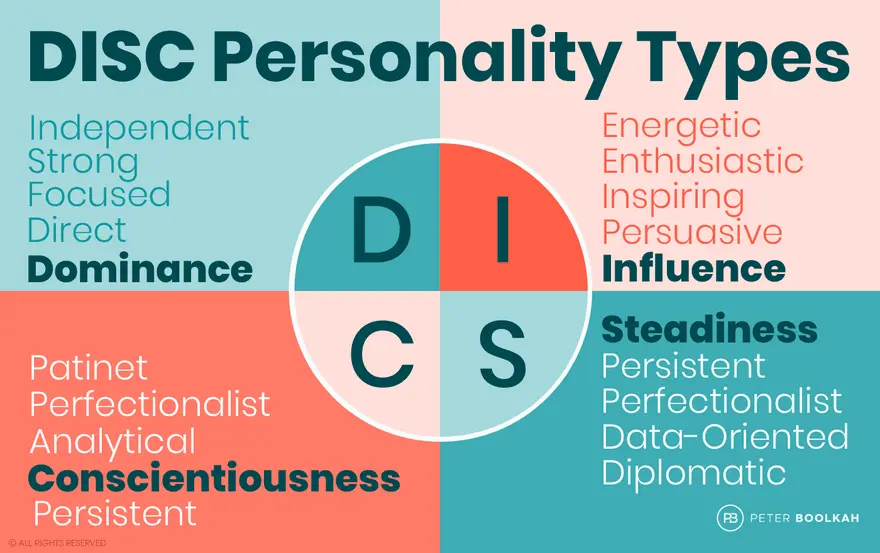The Problem-Solving Process with a Critical Thinking Approach
- partedu

- Jul 22
- 4 min read

Critical thinking is a vital soft skill for organizational success.To solve problems using a critical thinking approach, a six-step process can be followed. Practice this six-step process with your team to strengthen critical thinking within your group.
1. State the Situation:When you state the situation, you provide a single, clear point of discussion that everyone can recognize. Write this statement on a whiteboard so team members can focus on it and be guided back to the main topic if the discussion goes off track. Critical thinking requires open-mindedness. By clearly stating the situation, you help participants remember the team’s goal.
2. List All Possible Solutions:This is where brainstorming happens. At this stage, nothing is off-limits. When you open the conversation to limitless options, you expand thinking beyond one person’s perspective. This broadens the range of possible solutions—many of which may not have been considered without voicing diverse opinions. Ensure all proposed solutions are relevant to the situation stated in Step 1. Critical thinking involves keeping an open mind to different perspectives without losing sight of the ultimate goal. You expand the conversation to discover new options and identify multiple opportunities within your work.
3. Narrow Down to Three Options:The team must agree on at least one of three narrowed-down options. Those who can compromise and build solutions from various perspectives are better equipped to unite a team. Write each of the three selected options at the top of the whiteboard, and list their pros and cons below using logical reasoning. Critical thinking skills allow us to examine situations rationally without labeling them as good or bad, right or wrong. Carefully evaluating a few selected solutions helps foster logical and constructive discussions.
4. Choose One Final Solution:Select the one option that offers the best chance of success, based on the logical discussion around the situation. Review this choice in terms of how it will solve the defined problem. Critical thinking skills help individuals take a more systematic approach to drawing conclusions, reducing the risk of making decisions based on emotional reasoning or flawed assumptions.

5. Develop an Implementation Plan for the Chosen Solution:Your selected solution should include a timeline and a checklist that defines each participant’s responsibilities in the final plan. Critical thinking includes the ability to commit to the chosen solutions. When participants become an integral part of the problem-solving process, their attention to detail and commitment to implementing the solution increases.
6. Complete the Plan:Some employees find this part of the process more difficult. Think about how many times a great plan has failed due to poor execution. Ensure that each team member plays a crucial role in the process that aligns with their area of expertise and interests. Regular reviews of individuals and the timeline are essential for effective project management. Critical thinking includes the ability to recognize the value of the overall plan. At this stage, people should be able to see the value of the solution and, having been part of the process, feel invested in it.
This problem-solving process creates an environment where critical thinking becomes part of the decision-making process. For those who struggle with this approach, consider implementing critical thinking training. This process enhances your employees’ critical thinking skills and can also be used to develop strategic plans and define your mission.
Core Critical Thinking Skills: Linking, Structuring, Recognition
Critical thinking is the art, skill, and discipline of getting to the core of any issue. It enables you to see the bigger picture and challenge the assumptions that stand between you and reality. This is not easy and requires practice. It involves specific critical thinking exercises and begins with three powerful skills: linking ideas, structuring arguments, and recognizing inconsistencies. To become a strong critical thinker, you must regularly practice in these key areas.
1. Linking Ideas:This skill involves finding connections between seemingly unrelated things.
Exercise:Get today’s newspaper. Identify the articles in each section (e.g., crime, sports, business...). Make a list of articles that share an underlying concept. Then, find ways each article connects to articles in other sections. Identify the central theme of each section and try to link different sections of the newspaper together. Finally, try to identify the newspaper’s overall agenda or goals.
2. Structuring Arguments:This skill refers to understanding the components that make an argument practical, relevant, and strong.
Exercise:Search Google for the best theories, arguments, or speeches ever given. Choose one and determine its premise and conclusion. There may be multiple premises, but they should align with the conclusion.
3. Recognizing Inconsistencies:This is the ability to spot gaps in reasoning or arguments to uncover the actual truth.
Exercise:Use the same information from the previous exercise. Try to identify whether the premises and the conclusion are consistent. If all premises align with the conclusion, examine the assumptions behind the premises. Analyze the premises to identify any errors or inconsistencies.
Source:Faghihipour, Javad; Jannati, Hamed; Keshavarz, Meysam; Jannati, Hamed (2021). Strategic Thinking, Tehran: Darolfonoon Publishing, First Edition.




Comments